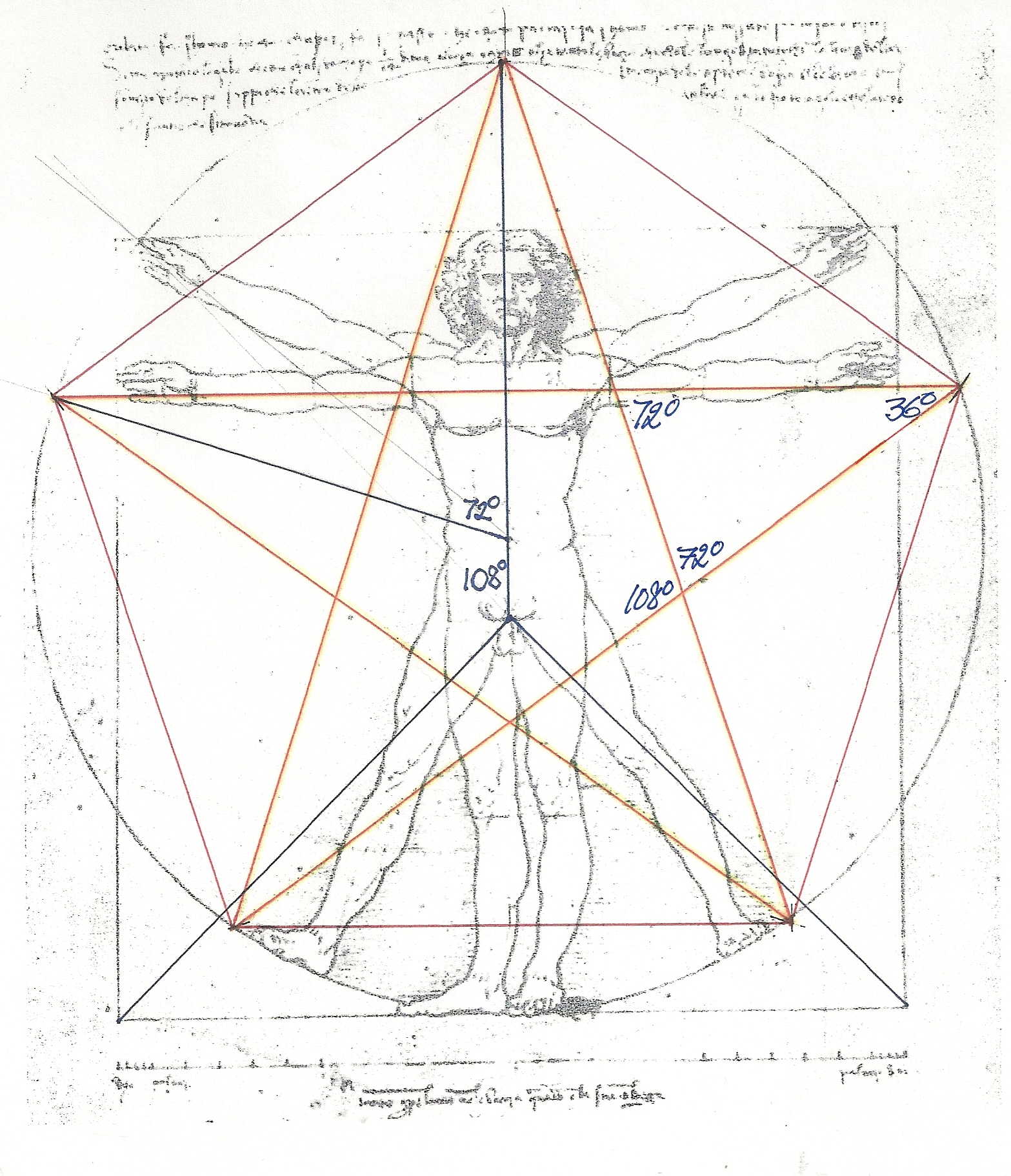
 |
Freethought & Rationalism ArchiveThe archives are read only. |
|
|
#61 |
|
Veteran Member
Join Date: Jun 2010
Location: seattle, wa
Posts: 9,337
|
I think that what this going for it is the Gospel of Philip reference. The crucified individual would have been unique. No one was ever crucified in this manner. But clearly with his arms and legs 'spread' it fits also what the Gospel of Philip says about Jesus being 'spread out.' The astral symbolism too. It reminds me of some of the Da Vinci pentagrams:

|
|
|
|
|
#62 | ||||||
|
Veteran Member
Join Date: Jun 2010
Location: seattle, wa
Posts: 9,337
|
Clement's reference to the unicorn uses the idea of 'stretching' similar to what we saw in the Gospel of Philip:
Quote:
Quote:
Quote:
Quote:
Quote:
Quote:
|
||||||
|
|
|
|
#63 |
|
Veteran Member
Join Date: Jun 2010
Location: seattle, wa
Posts: 9,337
|
Wouldn't this also mean that the gospel must have been written (or at least 'conceived') in Greek? I can't think of a Hebrew letter combination that looks like a chi-rho let alone a pre-existent literary convention like that (i.e. to check manuscripts with this symbol).
|
|
|
|
|
#64 |
|
Veteran Member
Join Date: Jun 2010
Location: seattle, wa
Posts: 9,337
|
I keep thinking also that the only argument you could make for Aramaic primacy would be if the letters were yod-shin (in inscriptions a yod is much longer than what you see on a page, basically a straight line). The horn of the bull would be represent in this trident shaped cross I guess
|
|
|
|
|
#65 |
|
Veteran Member
Join Date: Jun 2010
Location: seattle, wa
Posts: 9,337
|
Here is how “bull's horns” were depicted in antiquity
http://www.bible-history.com/sketche...bull-horns.jpg |
|
|
|
|
#66 |
|
Veteran Member
Join Date: Jun 2010
Location: seattle, wa
Posts: 9,337
|
I think this settles it. Think of Paul's statement “I am crucified unto the world”
Although modern representations of the Chi-Rho sign represent the two lines crossing at ninety degree angles, the early examples of the Chi-Rho cross at an angle that is more vividly representative of the chi formed by the solar ecliptic path and the celestial equator. This image is most familiar in Plato's Timaeus, where it is explained that the two bands which form the "world soul" (anima mundi) cross each other like the letter chi.[9] Not only did the two legs of the chi remind early Christians of the Holy Cross, "it reminded them of the mystery of the pre-existent Christ, the Logos Theou, the Word of God, who extended himself through all things in order to establish peace and harmony in the universe," in Robert Grigg's words.[10] Hugo Rahner summarized the significance: "The two great circles of the heavens, the equator and the ecliptic, which, by intersecting each other form a sort of recumbent chi and about which the whole dome of the starry heavens swings in a wondrous rhythm, became for the Christian eye a heavenly cross."[11] Of Plato's image in Timaeus, Justin Martyr, the Christian apologist writing in the 2nd century, found a prefiguration of the Holy Cross,[12] and an early testimony may be the phrase in Didache, "sign of extension in heaven" (sēmeion ekpetaseōsen ouranō) |
|
|
|
|
#67 |
|
Veteran Member
Join Date: Jun 2010
Location: seattle, wa
Posts: 9,337
|
Actually my idea about yod-shin is unworkable. But the letter alef comes from the pictogram of ox horns and symbolizes the (unknown) Father as the Torah begins with the letter bet. What is the equivalent of rho (the middle stake)?
|
|
|
|
|
#68 |
|
Veteran Member
Join Date: Jun 2010
Location: seattle, wa
Posts: 9,337
|
Apparently Jastrow has the answer:
Va (vav-alef) abbreviation of abba Y Ber III, 6d bot. Ib 6a top; p. fr. V abba In other words, Va is the shortform of abba and more significantly we have the origin of the so-called “patripassian” heresy. It is just a development of the kabbalistic interest in the number six (which “spears” Jesus”). Look also at the Marcosian gospel's interest in Jesus being crucified in the sixth hour (which was changed to “third” according to a process testified in Eusebius at least indirecty) The Aramaic is more original |
|
|
|
|
#69 | |
|
Regular Member
Join Date: Dec 2011
Location: The only Carribean port not in the Tropics.
Posts: 359
|
Quote:
It was also impossible to crucify anyone on a regular Latin Cross, a.k.a. crux immissa or tropaeum, solely with nails without the attachment of that seat or some other strong support for the body. If one is going to hang him on such a cross, one had best use ropes! The same goes for a regular T Cross a.k.a crux commissa or crux compacta. What happened during the crucifixion of Sebastian Horsely proves it. |
|
|
|
|
|
#70 | |
|
Regular Member
Join Date: Dec 2011
Location: The only Carribean port not in the Tropics.
Posts: 359
|
For some reason this part of the Domatilla Sarcophagus titled "Resurrection" (Anastasis) reminds me of Origen's quote of Celsus when he wrote in Contra Celsum 2.68,
Quote:
|
|
|
|
| Thread Tools | Search this Thread |
|